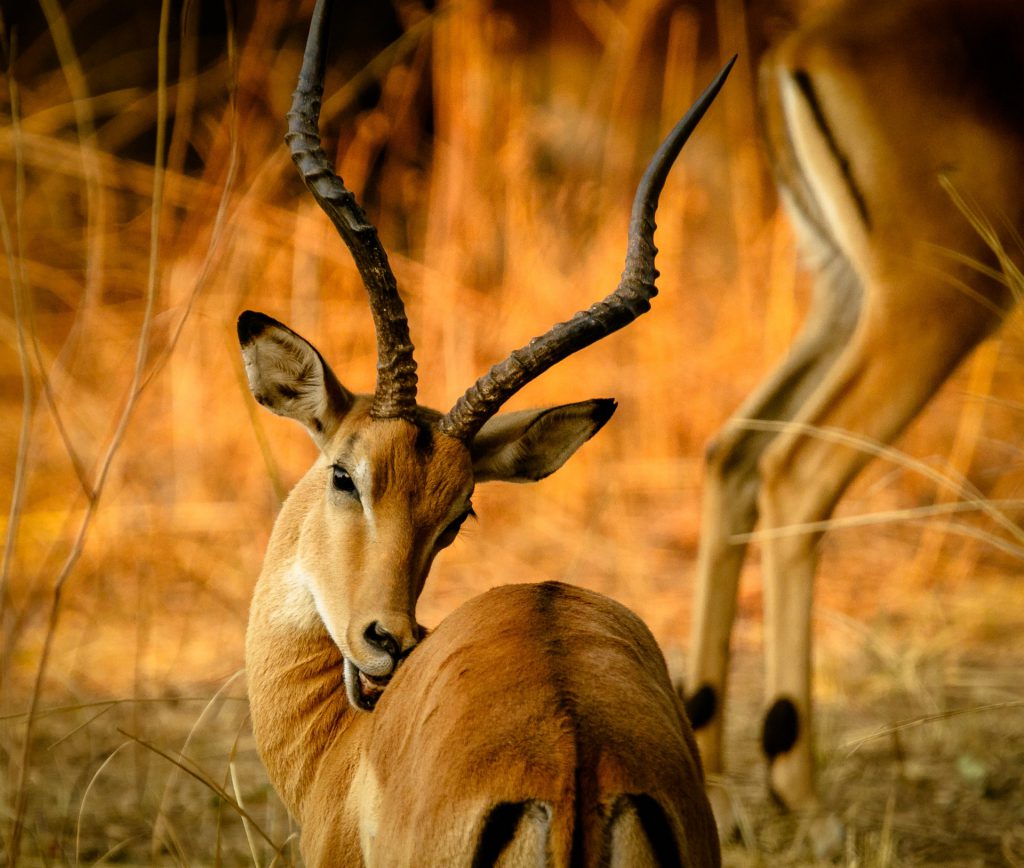Policy Advocacy

What we doing...
Once the process of acquiring land for conservation is officially over, we will seek to develop basic infrastructure in each protected are to ensure they are up and running.
We will develop basic infrastructure and facilities such as access roads, offices, stores and residential. Other facilities will include communication towers and equipment. Each conservancy ought to have a main office (permanent building) and at least two outposts depending on the size of the conservancy. As such, each conservancy will need at least two uniports, one off-road vehicle and two dirt bikes (motorcycles) to connect the outposts for a better patrol, each ranger will need a radio calls (Walkie talkie) to facilitate communication. For the first three months, we will hold a weeklong Workshop to train the individuals recruited to manage the conservation areas each month. After which they will be monitored on-site and have monthly meetings for the next six months to poise them for management challenges.
Benefits
The Kenya Wildlife and management Act gives guidelines and authority for communities to form and manage protected areas. the procedures to form a protected area are dependent on the land tenure system. For individual who own large track of land the process is much simpler, however for communities pulling land together is an essential step. This is done in effort to ensure compatibility of land-use that will avoid conflict. As such, we will scout for established community conservancies and explore new areas to establish new ones.
Following pre-requisite feasibility studies across the landscape for each of the proposed conservancy, we will subsequently conduct monthly stakeholders’ meetings for a period of one year with the locals and the government officials to establish a new community conservancies for areas earmarked for for conservation. Upon completion and agreement with the locals, other stakeholders and local government, we will ensure all conservancies are registered under the required bodies and authorities. After which we will oversee compensation, signing of an agreement by locals and relocating of individuals outside the area marked for conservation within six months of signing agreement.

The Process...
Once the process of acquiring land for conservation is officially over, we will seek to develop basic infrastructure in each protected are to ensure they are up and running.
We will develop basic infrastructure and facilities such as access roads, offices, stores and residentials. Other facilities will include communication towers and equipment.. Each conservancy ought to have a main office (permanent building) and at least two outposts depending on the size of the conservancy. As such, each conservancy will need at least two uniports, one off-road vehicle and two dirt bikes (motorcycles) to connect the outposts for a better patrol, each ranger will need a radio calls (Walkie talkie) to facilitate communication.
For the first three months, we will hold a weeklong Workshop to train the individuals recruited to manage the conservation areas each month. After which they will be monitored on-site and have monthly meetings for the next six months to poise them for management challenges.
Super Efficient
Lorem ipsum dolor sit amet, consectetur adipiscing elit. Ut elit tellus.
Deeply Commited
Lorem ipsum dolor sit amet, consectetur adipiscing elit. Ut elit tellus.
Highly Skilled
Lorem ipsum dolor sit amet, consectetur adipiscing elit. Ut elit tellus.